Keeping up appearances
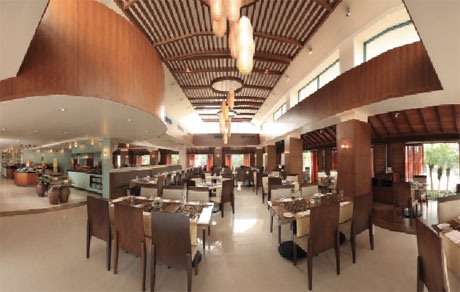
In Hanoi the Sofitel hotels have recently invested heavily in renovating their accommodation and facilities. “Our hotel has carried out several major key renovations. We constantly upgrade and modernise, reconceptualising the hotel,” said Kai Speth, general manager of Sofitel Legend Metropole Hanoi Hotel. ”Last year we spent over $3.5 million on capital improvements.”
The large renovation in 2007-2009 demanded even more investment and Speth has managed all the refurbishments since its rebirth as a contemporary property in 1990. With a string of renovations complete, Sofitel relaunched the Metropole as the brand’s first Legend hotel.
“The hotel is now of the highest international luxury standard - this is one of the reasons why the hotel is ranked amongst the best in the world in many hotel listings,” he added.
Speth, whose experience prior to the Metropole includes the management of Hyatt properties in Korea, Los Angeles and Colorado, emphasises the importance of renovations to a luxury tourism property: “Guests have become very knowledgable and demand the best if they pay a premium.
“Decades ago, hotel rooms featured nicer amenities and electronics than one could find at home - now it is the hotels that need to catch up. A luxury hotel constantly needs to think about re-inventing and must have long term plans in place. Without this, the compeition will surpass
your hotel.”
In 2010, as a major development, Speth unveiled Le Spa du Metropole, the first spa in the hotel’s 109-year history. It immediately won recognition on the Conde Nast Traveler Hot List. In August 2011, during the re-construction of its Bamboo Bar, the hotel discovered an underground bomb shelter created during the war.
“I knew from the moment that our engineering team broke through the concrete roof of the shelter that there was a profound visitor experience for guests of the hotel waiting below,” wrote Speth in his entry posted on TheMetropoleBlog.
He had the shelter cleaned out and made safe for exploration before its opening to the public in May 2012. Speth says the investment in the bomb shelter is considered not only of historical and cultural value, but also as a tribute dedicated to the hotel’s war-era staff.
Another Sofitel building, one of the latest renovated high-class hotels in Hanoi, is the Sofitel Plaza Hanoi. According to Rene Mayer, director of sales and marketing, they have invested a lot of money in the recent renovation, launching new facilities and services especially for the MICE market.
Following the improvements in 2006 and 2008, Sofitel Plaza Hanoi was relaunched in April 2012 after a landmark renovation, with an inspired makeover by Singaporean firm DPD+ Pte Ltd, which has worked with numerous five-star hotel groups.
“We took the hotel’s slogan and translated it with small touches embedded in the design that bring forth a feeling of luxury and privilege,” said Victor Loh, design director for the project.
The feeling of luxury culminates in the Sofitel Plaza Hanoi Hotel’s 420-square-meter Plaza Ballroom. Able to accommodate 500 people, the room’s grandeur was upgraded with mirrored ceilings, marble walls, and sparkling crystal chandeliers. Designers used a palette of reds, golds and silvers to create a contemporary effect.
Inspired by the colourful history of Vietnam’s capital city, DPD+ has also given the club rooms of Sofitel Plaza Hanoi a redesign unlike any other in the city. A genuine 500-year-old piece of Cham pottery salvaged from a sunken vessel greets guests in the doorway. When soaking in the new bathtubs, guests are reminded of the hotel’s slogan, “Life is Magnifique”, embossed on a small mirror.
“The idea of giving traditional Vietnamese materials a new lease of life by using them in a contemporary way appealled to us from the start,” said Loh.
Thanks to the hotel’s lakeside locaition, the newly furnished rooms offer breath-taking views over the West Lake, Truc Bach Lake, or Thanh Nien Boulevard. Ming, the hotel’s fine-dining venue, has also been given great reviews.
Nowhere in the property are the views more central to the picture than in the Summit Lounge. The hotel’s 20th floor nightspot delivers stunning 360-degree views of the sprawling capital, two of its legendary lakes and the Red River in the distance.
“This is not just a modern hotel with a new coat of paint. It has a story that you can take away, and that enriches the experience,” said the design team.
Ho Chi Minh City has also seen some large renovations during the last two years. Among the latest, Park Royal Saigon Hotel has undergone an extensive program. With an investment of more than $4 million, this project covered non-club guestrooms, the lobby, reception, ballroom, Lotus Bar, Orchid Club Lounge and the spa, which is now being operated by St.Gregory of Singapore, employing products made purely from natural ingredients.
To better meet the needs of MICE guests, four new meeting rooms have been introduced on the top floor of this 10-storey hotel. Spanning a total of 159 square metres and ideal for up to 60 persons, the new meeting rooms feature soothing beige hues, light wooden wall panels and are radiated with natural light.
Furthermore, in May 2011, the hotel’s management invested more than $100,000 in the installation of fast wifi and cable internet facilities.
“ParkRoyal Saigon is a preferred business hotel in the business-industrial catchment area. It is also an ideal hotel for transit guests - both business and leisure - as well as airline crew due to proximity to the international airport,” said Grace Agatep, director of sales and marketing at ParkRoyal Saigon Hotel.
“Renovation and upgrading of the property is highly important as we have to offer refreshed facilities and services to our guests, especially in these very competitive market conditions. With new hotels coming online, we need to keep up and stay ahead.”
For Grand Hotel Saigon, their renovation was not only an overhaul, it saw an extension built and large scale remodeling. The hotel has been on a long journey from a three-star hotel in 1990s, to a four-star in 2003 and finally now reaching five-star status after an investment of $40 million.
Within the big upgrade in 2011, the hotel added a new system of dining and entertainment, including seven restaurants and bars, a luxury spa and fitness centre and 36 suites over three executive floors linked with the fine dining Chavigny restaurant.
Grand Hotel Saigon is one of the oldest in Saigon. Its unique selling point is its French Colonial architecture, dating from 1930. Being a five-star hotel, the hotel is now focusing on businessman and high-end travellers from Australia, Europe, the US, Japan and Russia.
“The renovation of an upscale tourism property is always highly evaluated because it’s a change of upgrading our skill and hotel knowledge to welcome the businessman and high-end traveler who bring to us the big in-come,” said Nguyen Dang Tien, general manager of Grand Hotel Saigon.
What the stars mean:
★ Poor ★ ★ Promising ★★★ Good ★★★★ Very good ★★★★★ Exceptional
Related Contents
Latest News
More News
- Cathay Cargo resumes Ho Chi Minh City service (April 05, 2024 | 19:04)
- Cultivating agricultural tourism model in Hanoi (April 05, 2024 | 14:51)
- HCM City stimulates tourism with discounts up to 60 per cent (April 04, 2024 | 16:01)
- Visitors to Vietnam in first quarter exceeded pre-COVID numbers (April 03, 2024 | 16:42)
- Domestic tourism under threat from high flight costs (April 02, 2024 | 12:19)
- Travelling back to nature (April 02, 2024 | 11:50)
- An Giang launches smart tourism information portal (March 29, 2024 | 10:20)
- Hanoi voted as ‘Best Food Destination for 2024’ by TripAdvisor readers (March 29, 2024 | 10:08)
- AirAsia Cambodia ready to take off starting with three domestic destinations (March 19, 2024 | 18:27)
- Phu Quoc among top beach destinations in Asia (March 19, 2024 | 15:55)



 Tag:
Tag: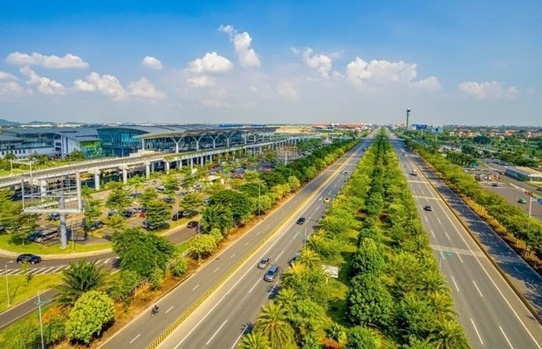
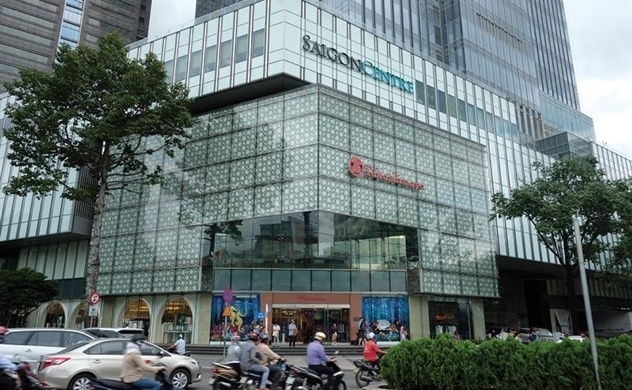



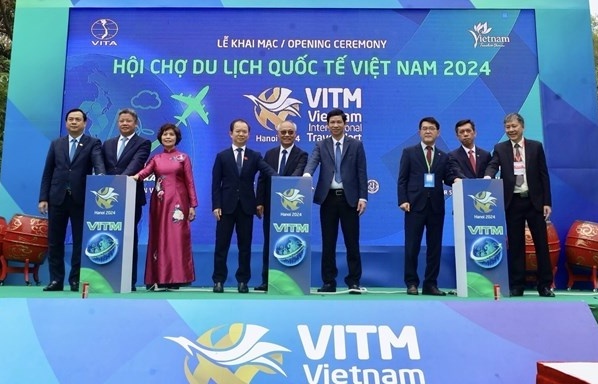
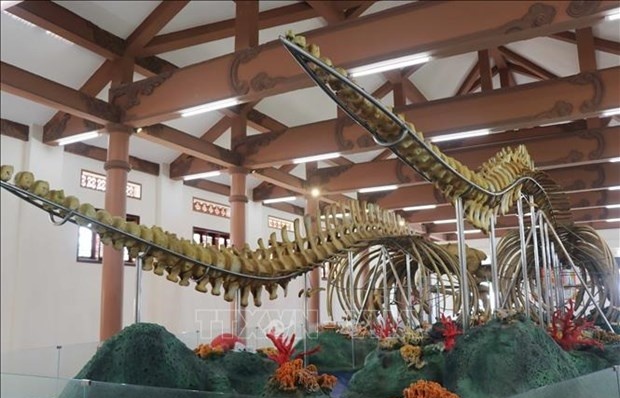

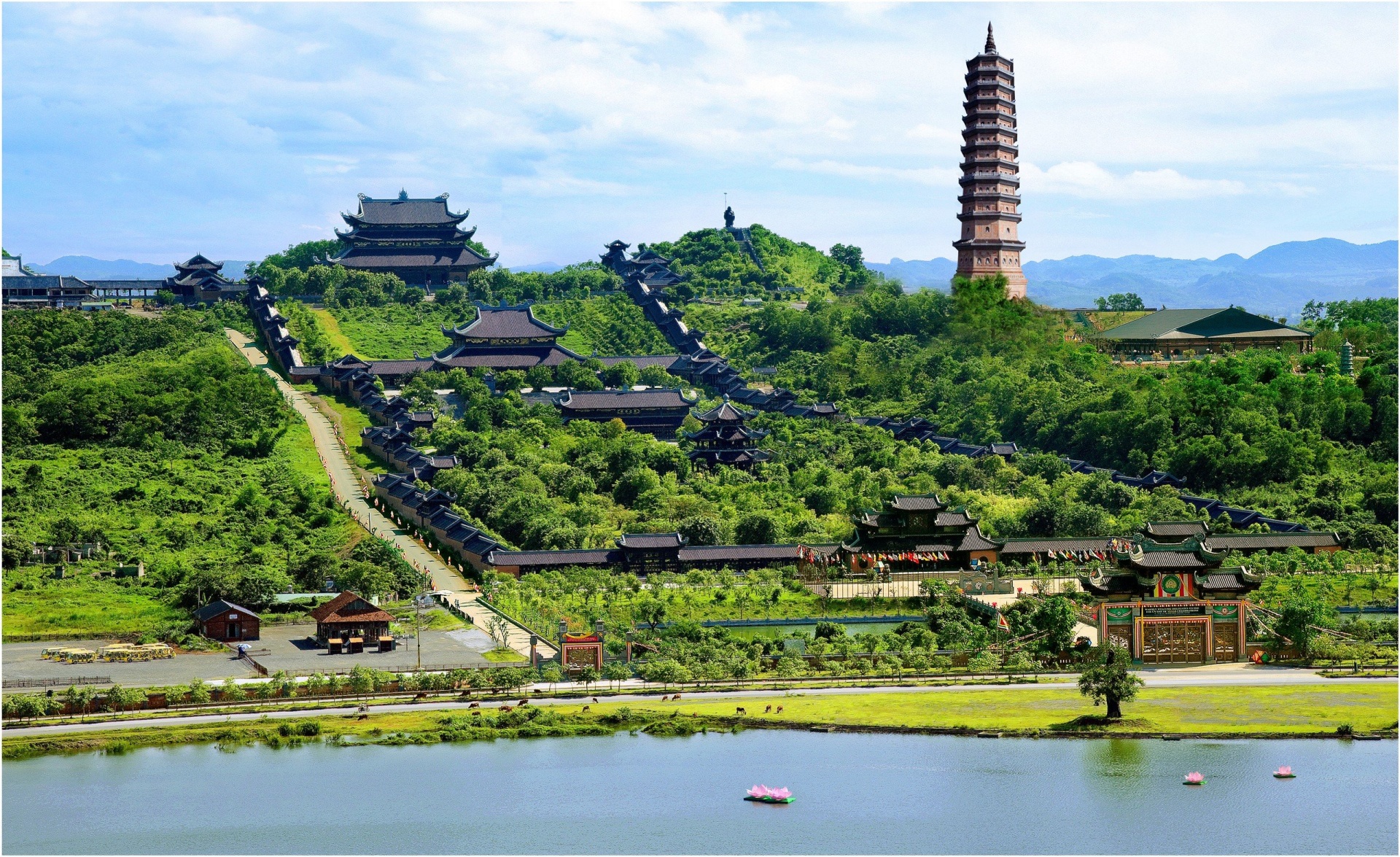
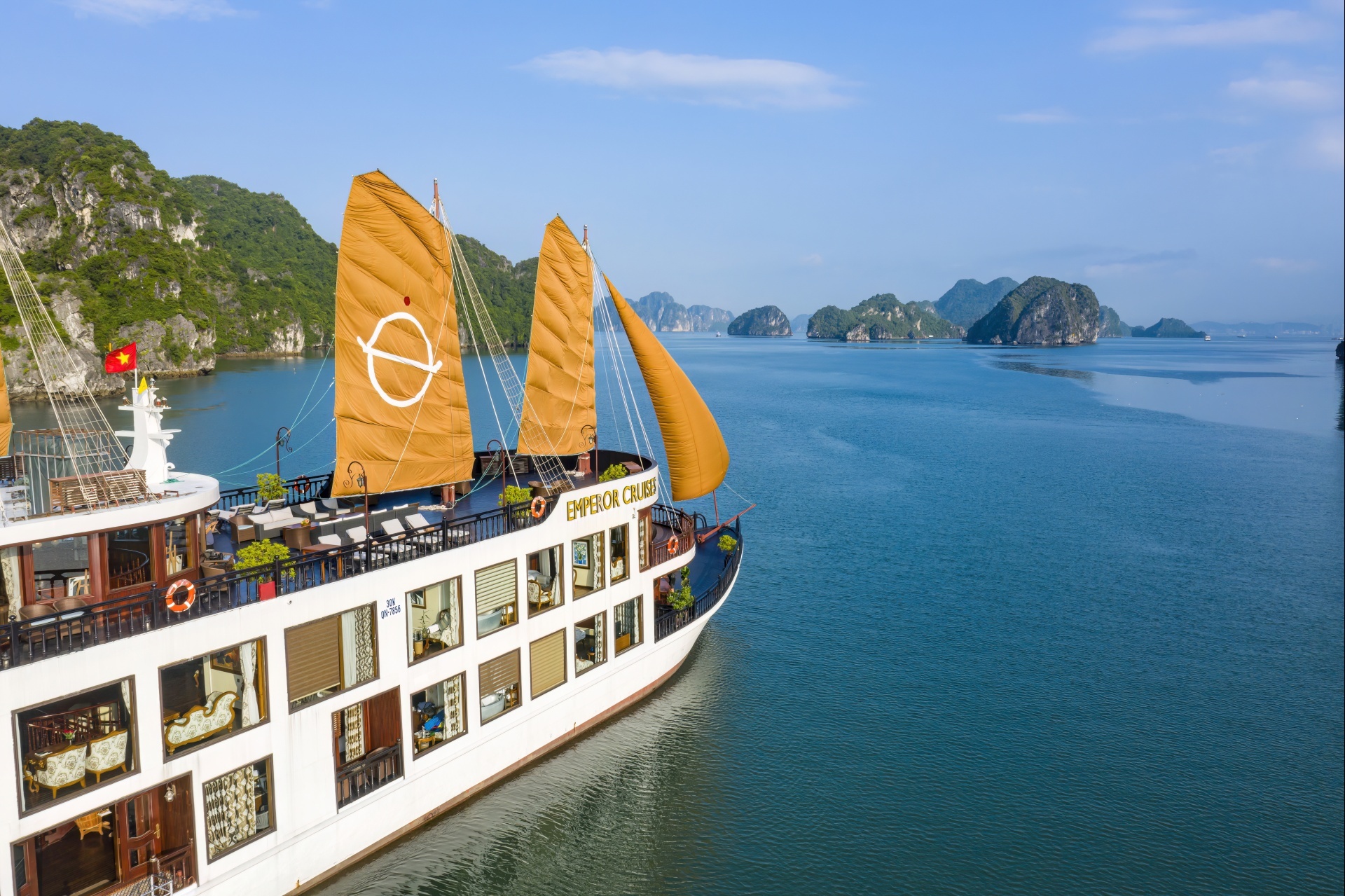


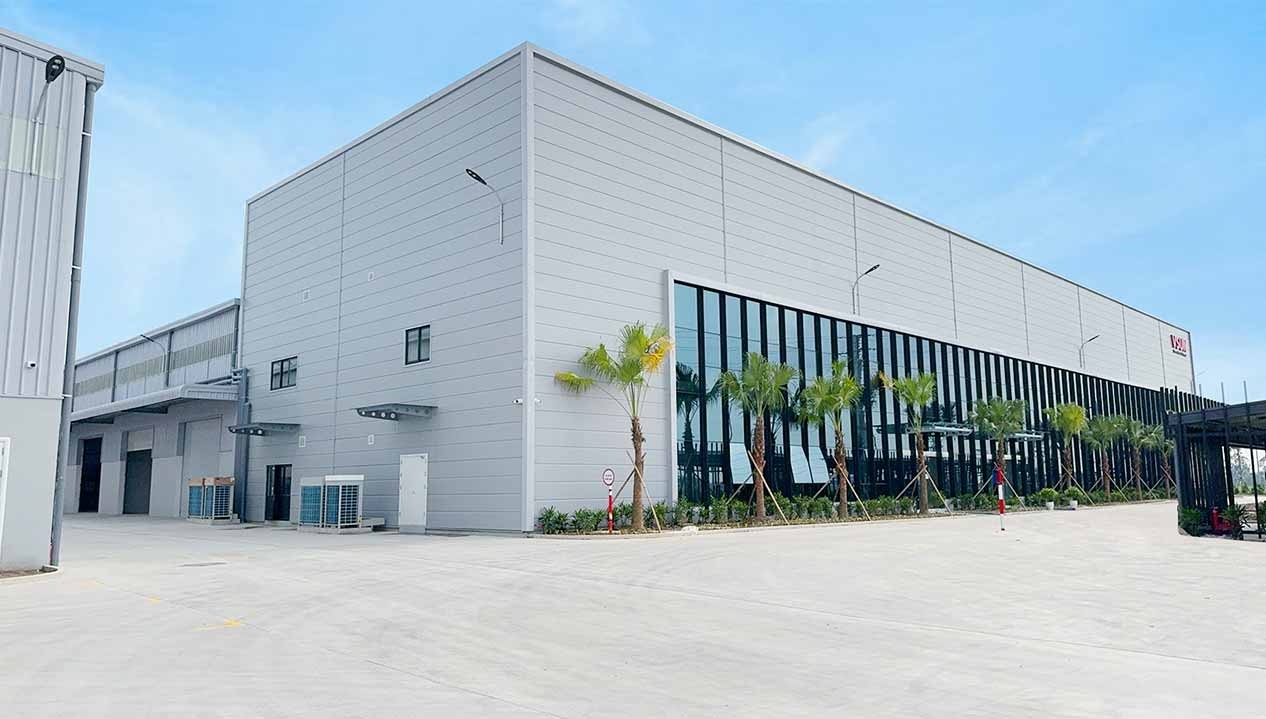

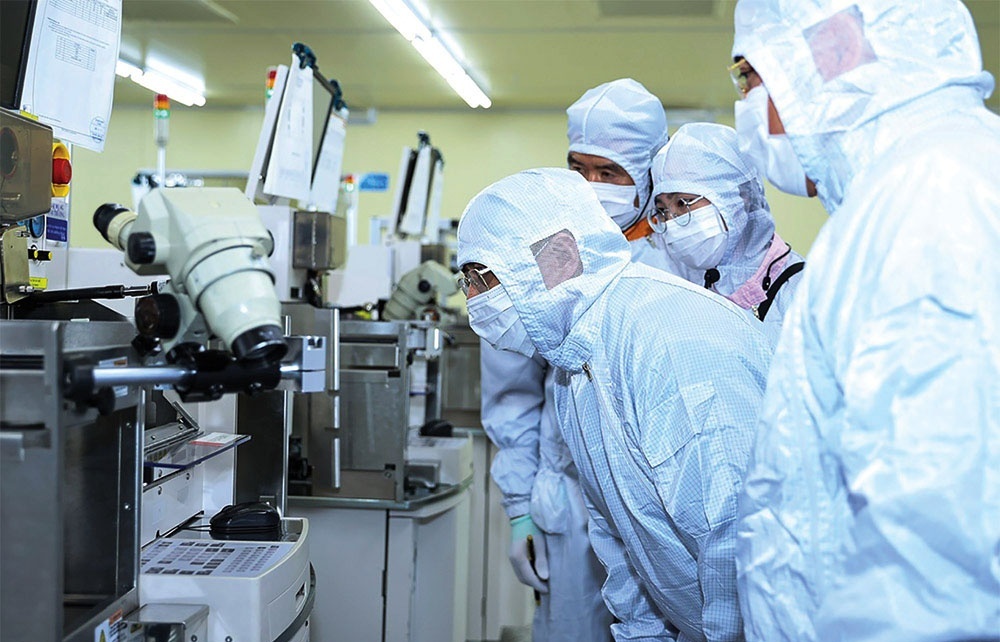




 Mobile Version
Mobile Version